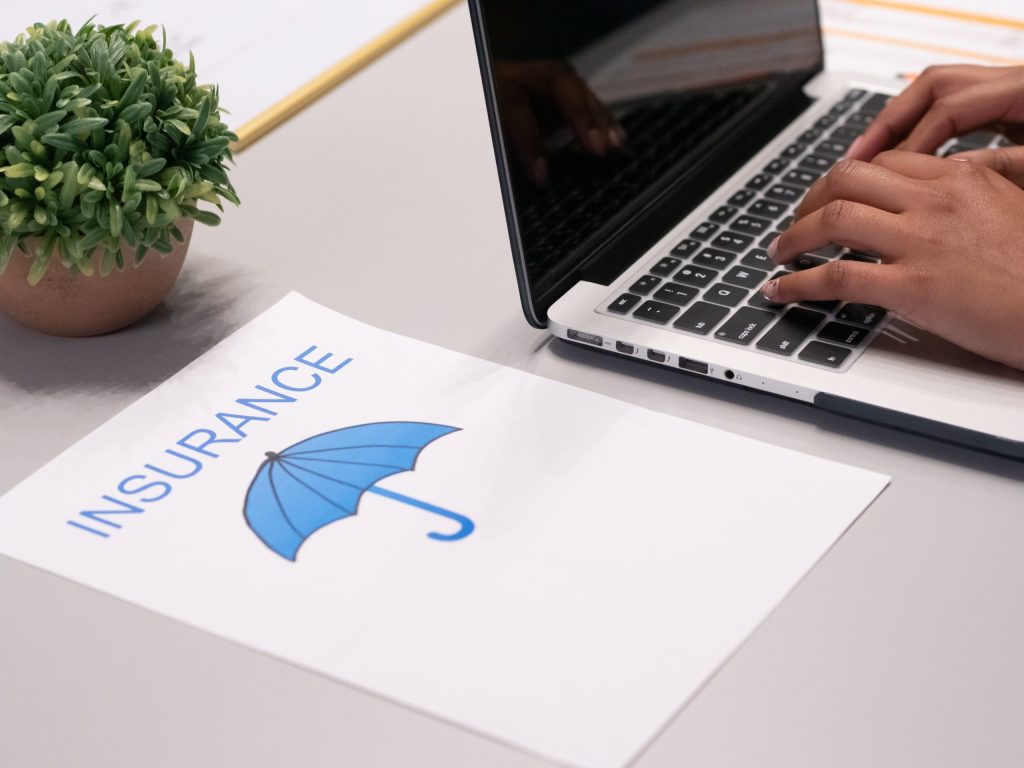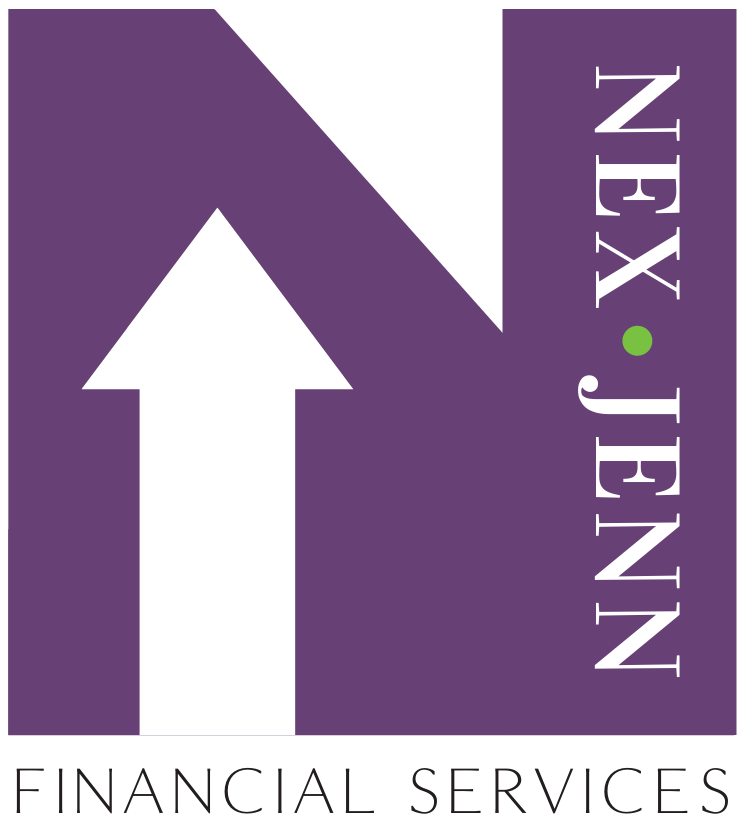
Estimated Read Time: 5 minutes
The inability to work due to physical or mental incapacity can be a major problem when you least expect it. Taking advantage of your employer’s sick-leave plan or disability insurance plan can help alleviate some of the risks of the unknown. A sick leave plan can reimburse you for lost wages due to an illness or accident that lasts for a short period of time (usually no longer than six months). And disability insurance can provide you with benefits if you develop a disability and are unable to work. In this blog, we will go over the different types of disability plans.
The key takeaways for this blog surround understanding the major types of plans and options available to support you if you are suddenly unable to work due to a sickness or disability. These options include:
● Sick-leave Plans
● Short-term Disability
● Long-term Disability
● Permanent Disability
Sick-leave Plans
Most people don’t consider sick-leave plans as a way to protect themselves against lost wages in an event of a prolonged illness. However, sick-leave or paid time off is the cornerstone of an employee’s protection against lost wages in the event of illness. Under a sick-leave plan, you can be reimbursed for lost wages resulting from a sickness or accident that lasts for a short period of time (usually no longer than six months). Sick-leave plans usually provide benefits for a specific number of days each year and you might accrue sick days on a monthly basis or receive a certain number of sick days each year. Please note that an employer’s sick-leave plan does not have to be associated with insurance, rather, it is usually administered and funded by your employer and can even be included in your wages.
If you are interested in participating in your employer’s sick-leave plan, make it a point to find out if unused sick days can be accrued and rolled over or if they expire. Furthermore, take this into consideration when deciding how to utilize your sick leave.
For example, you work at a company that allows you to earn one day of paid sick leave for each month of full-time employment. After a year of full-time employment at the company, you have used only 3 of your 12 earned sick days. In some cases, your company may allow you to carry over the 9 remaining sick days to the following plan year. Another plan might not allow days to roll over, in which case, your unused sick days would expire.
Short-term Disability
Short-term disability can bridge the gap between sick pay and long-term disability coverage by providing benefits that cover temporary disabilities for a limited time. The length of disability coverage under a short-term disability plan can last anywhere from a few months to one year.
You will be considered to have a disability if you are unable to perform regular duties.
Short-term disability can be used to cover pregnancy and childbirth. These plan requirements can differ in how you are able to qualify for your short-term disability benefits. Some insurance companies require a few months of continuous active employment in between periods of disability, while others require only days.
For example, your company’s short-term disability plan offers employees three weeks of benefits for each period of disability. You were out of work for three weeks due to a back injury and three days after returning to work, you reinjure your back. The disability insurance company interprets this second injury as another period of disability beginning three days after you returned to work. You then are entitled to three more weeks of short-term disability benefits. Another plan might require you to work months before being able to utilize short-term disability benefits again.
Long-term Disability
Long-term disability insurance provides benefits if you are disabled as a result of sickness or accident and are unable to work for a long period of time, usually longer than six months. Long-term disability kicks in after short-term disability runs out, with the benefit you receive from long-term disability insurance usually falling between 50 percent and 70 percent of your pre-disability pay. Typically, you can receive long-term disability benefits up until you reach age 65, but the official definition of disability will vary from policy to policy.
Example: You injure your back while playing golf. You were entitled to one year of short-term disability benefits. Almost a year later, you are still out of work due to your injury and your short-term benefits are about to run out. Your company had offered additional long-term disability benefits that will now take effect once your short-term benefits run out.
Permanent Disability
If you become permanently disabled before reaching age 60, you may be able to receive permanent disability benefits through provisions that are contained in an employer-provided group life insurance policy.
A permanent disability is a disability that prevents you from being able to work at all, at any job. A waiver of premium is a typical life insurance provision that is used for permanent disabilities and continues your coverage if you are disabled. The coverage lasts until your death without the payment of a premium.
Bottom-Line:
By taking advantage of one or more of your employer’s disability insurance plans, you can prevent loss of income in the event of a serious accident or injury. Be sure to familiarize yourself with what steps you would need to take to qualify for your disability benefits, including pregnancy and childbirth. And always keep an eye on the number of sick days you have available. Planning ahead is the easiest way to make sure to cover all your bases down the road.
